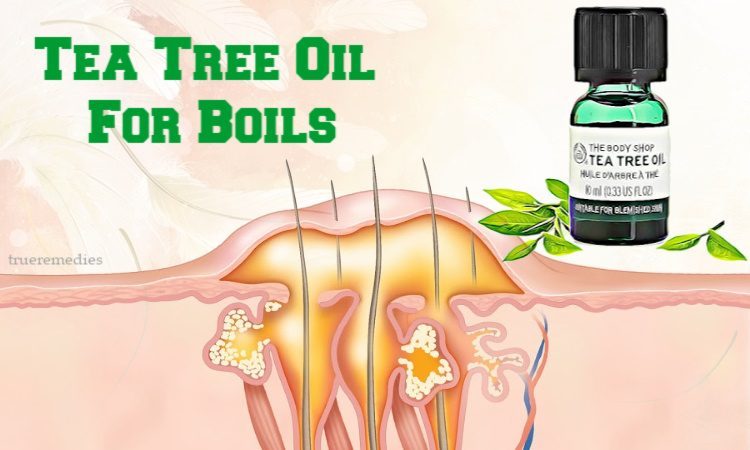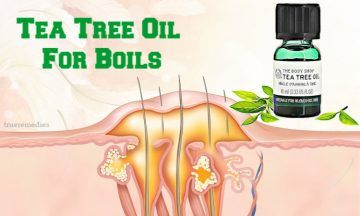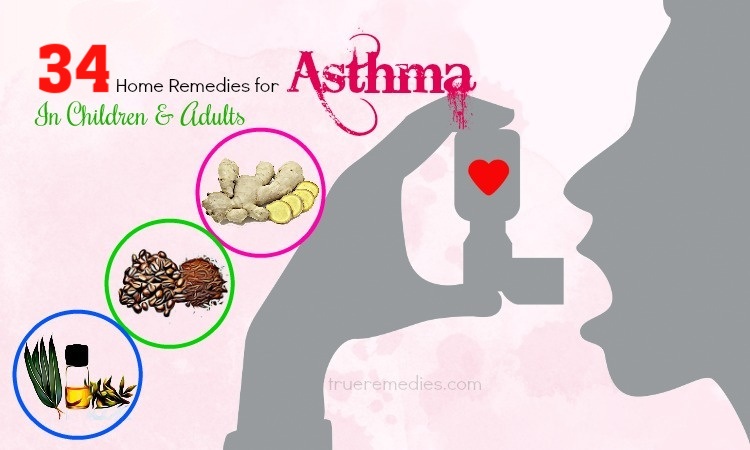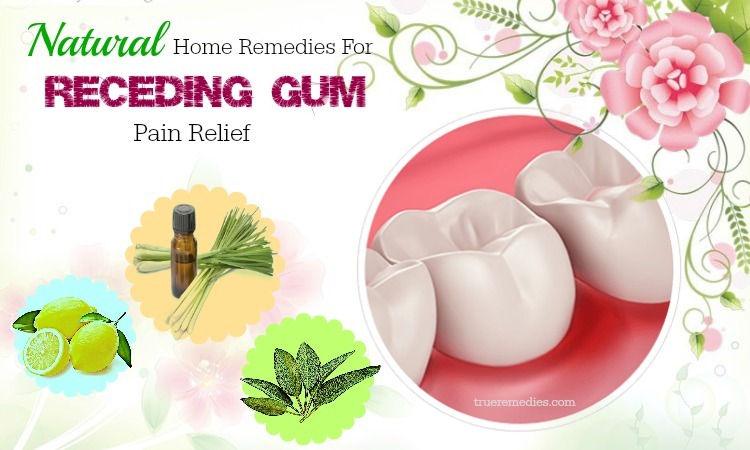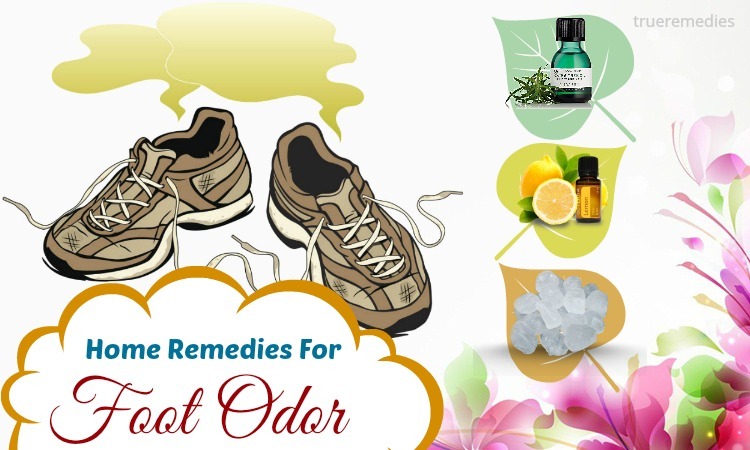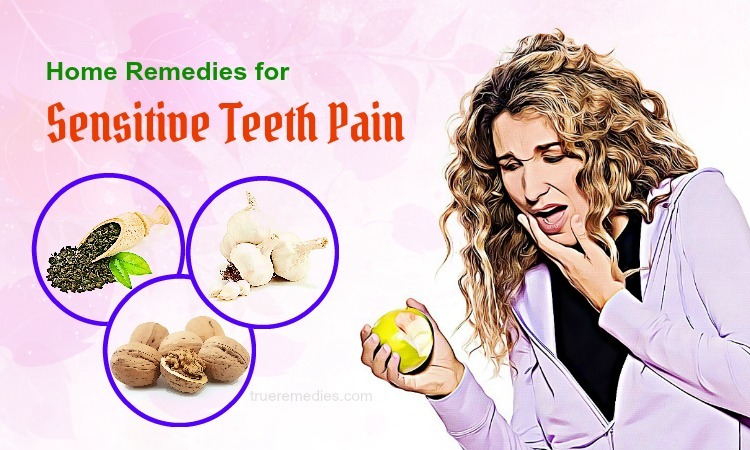Table Of Contents
A boil also called furuncle is a type of infection that occurs deep under the skin. When the blood cells fight the infection, the boils get enlarged, inflamed, and quite tender to touch. Boils can result from bacteria that live under the skin through your hair follicles. Boils are mainly treated with antibiotics or with the help of a doctor. A method that may be tried easily at home is to use tea tree oil to treat the boils. A study in Applied Microbiology and Biotechnology in 2016 notes that tea tree oil helps to kill germs, bacteria, and fungi that don't respond to antibiotics[1]. The antibacterial and antifungal properties of tea tree oil make it an excellent home remedy for skin conditions, including acne and boils. Before checking the ways on how to use tea tree oil for boils on inner thigh and buttocks, learn the benefits of tea tree oil for skin.
- Top 21 Unexpected Tips To Get Rid Of Boils Quickly
- Top 10 Proven Remedies For Bacterial Infection (This article was medically reviewed/fact checked by Myle Akshay Kiran & Millie Lytle ND, MPH)
Tea Tree Oil For Boils: How To Apply It?
I. Can Tea Tree Oil Help Get Rid Of Boils?
Tea tree oil or melaleuca oil is extracted from the tea tree leaves. This oil kills various strains of bacteria, fungi, and viruses. The antibacterial, antifungal, and antimicrobial effects of tea tree oil may help to kill various strains of bacteria, fungi, and viruses, which makes it ideal for getting rid of boils[2]. It is packed with Terpinen-4-ol, which aids in fighting against the bacteria, such as staph. Moreover, its anti-inflammatory activities are beneficial for reducing inflammation and relieving pain.
According to a study, tea tree oil may fight against MRSA infection or colonization[3]. It is also absorbed by the skin easily and acts against the skin infection. Regular usage of this oil can help to reduce itching and many other discomforts that are caused due to boils.
II. How To Use Tea Tree Oil For Boils
1. Apply Tea Tree Oil For Boils
In this simple way, you need to wash the boil and its surrounding area with clean water and then use a soft towel to pat the area dry.
Ingredients:
- Sea salt
- Tea tree oil – a few drops
How to do:
TrueRemedies Partner Solutions

Need a Help from the Leading Expert Online, Available 24/7?
They’re all here and ready to answer your questions online or by phone. Keep asking questions until you get the answer you need.
- Add sea salt to a bowl of hot water, dip a soft cloth in it, and then place it on the boil for about 10 minutes.
- Remove this cloth and pat the skin dry.
- Apply a few drops of tea tree oil to the boil with the help of a cotton ball.
- Cover the area with one elastic bandage.
- Wait for a few minutes.
- Take off the bandage.
- Remember to repeat the simple way for 3 to 5 times daily.
Note: Dilute tea tree oil with a little water before application to avoid skin irritation.
2. Rosemary Oil And Tea Tree Oil
This oil combination effectively aids in getting rid of skin abscess. Besides, the topical application of rosemary oil can help lower the inflammation caused due to acne[4].
Ingredients:
- Tea tree oil – 20 drops
- Rosemary oil – 20 drops
- Lavender oil – 25 drops
- Sandalwood oil – 10 drops
How to do:
- Add the tea tree oil, rosemary oil, lavender oil, and sandalwood oil to a large bowl.
- Stir the oils well and then rinse the boil with it.
- Or, you can prepare a spray by combining 5 to 10 drops each of eucalyptus oil, lavender oil, tea tree oil, and geranium oil with 1 to 2 ounces of witch hazel. Now, spray the combination over the boil. Geranium can help your skin heal faster from the boils. It has anti-inflammatory and antibacterial effects[5]. It is also beneficial for soothing and calming the affected skin tissue.
- Repeat the simple way for 3 to 4 times a week.
3. Lemon Oil, Rosemary Oil, And Tea Tree Oil
This method aids in attracting the infection or pus to the head and then draining out fast.
Ingredients:
- Lemon oil – 20 drops
- Tea tree oil – 4 drops
- Rosemary oil – 4 drops
How to do:
- Fill a small bottle with 25% a mixture of rosemary oil and tea tree oil and 75% of lemon essential oil.
- Shake the mixture well and then directly apply the solution to the boils.
- Leave it on there for several hours.
- Rinse off the skin area with clean water.
- Repeat the method regularly throughout the day.
4. Arnica Oil And Tea Tree Oil
Arnica oil is extremely prevalent because it has a lot of beneficial properties that help to treat various skin-related issues[6]. This method helps to pop the boils within 1 or 2 days.
Ingredients:
- Tea tree oil – a few drops
- Arnica oil – a few drops
How to do:
- Add the arnica oil and tea tree oil to a bowl and mix them well.
- Apply the oil mixture to the affected areas and then place a damp, warm towel on the area to reduce swelling.
- Leave it on for a few minutes.
- Remove the towel and then rinse the skin area with water.
- Repeat the way regularly.
5. Coconut Oil And Tea Tree Oil
Coconut oil also contains antibacterial properties[7]. It works as a carrier that can help to keep the tea tree oil on the boils. You don't need to use the bandage.
Ingredients:
- Coconut oil – 5 drops
- Tea tree oil – 3 drops
How to do:
- Wash the boil together with its surrounding area with lukewarm water.
- Add the coconut oil and tea tree oil to a tablespoon and mix them well.
- Apply the oil mixture to the boil with the help of a Q-tip.
- Let it stay there.
- You don’t need to rinse the affected area.
6. Lavender Oil And Tea Tree Oil
Lavender oil can help to draw the infection out of the boils, and it can speed up the healing process and prevent bacteria from further spreading. Lavender oil is also one of the gentlest types of oil to apply to wounds. Lavender oil will also help to heal the tissue without scarring. Both tea tree oil and lavender oil are loaded with antibacterial properties that are beneficial for killing the bacteria, causing skin infections[8]. Besides, the lavender oil contains properties that may bring the boils to head faster, thus giving you quick relief from the infection.
Ingredients:
- Tea tree oil – a few drops
- Lavender oil – a few drops
- Hot water – a bowl
How to do:
- Add the lavender oil and tea tree oil to a bowl of hot water.
- Stir them well and then soak a clean cloth in the solution for about 2 to 3 minutes.
- Remove the excess water and then place it on the boils.
- Let it stay for 10 to 15 minutes.
- This method makes the pus or infection come to a head.
- Use a cotton ball to apply the tea tree oil to the boils to remove the infection.
- Repeat the method three times daily.
7. Aloe Vera And Tea Tree Oil
Both tea tree oil and aloe vera are packed with antibacterial properties that can help to get rid of infections, such as staph and MRSA. Aloe vera helps soothe the pain and fasten the healing process. Besides, it is an antiseptic[9].
Ingredients:
- Tea tree oil – a few drops
- Aloe vera gel – 1 tablespoon
How to do:
- Combine the tea tree oil with aloe vera gel.
- Apply the mixture to the boils and leave it to sit for a few minutes.
- Rinse off the skin area with water and then pat it dry.
- Repeat the method regularly.
8. Oregano Oil And Tea Tree Oil
Oregano oil is great for boils because it is one of the natural antibiotics. It is a high content of carvacrol, a substance that helps to kill bacteria, such as Pseudomonas aeruginosa, E. coli, and S. aureus[10]. Both oregano oil and tree tea oil are powerful antibacterial and antiseptic products.
Ingredients:
- Tea tree oil – 3 drops
- Oregano oil – 3 drops
How to do:
- Mix the tea tree oil with oregano oil in a teaspoon.
- Apply the oil mixture to the boils by using a Q-tip.
- Do the method for 3 times per day
9. Turmeric, Grapeseed Oil, And Tea Tree Oil
Turmeric has blood purifying and anti-inflammatory effects that help to get rid of pain and itching. Its antibacterial property fights against bacteria[11]. It also works as a natural antioxidant agent that helps to get rid of free radicals, causing skin issues and remove toxins from your body. Tea tree oil, when mixed with turmeric and grapeseed oil, is very beneficial for getting rid of boils on the skin.
Ingredients:
- Tea tree oil – a few drops
- Turmeric – enough to make a paste
- Grapeseed oil – a few drops
How to do:
- Mix the tea tree oil with turmeric and grapeseed oil to form a thick paste. Or, you can use mycota powder or vinegar instead of grapeseed oil.
- Apply this paste to the boils and wait for a few minutes.
- Repeat the method three times per day.
10. Eucalyptus And Tea Tree Oil
Eucalyptus oil has been widely used to treat various ailments, including the conditions and infections related to the skin[12]. It is also regarded as one of the best oils for boils treatment. Derived from Eucalyptus leaves, eucalyptus oil is known to contain antibacterial and antiseptic activities[13]. Diffusing tea tree oil and eucalyptus oil through a cold air diffuser helps to reduce the airborne bacteria, including staph and MRSA.
Ingredients:
- Tea tree oil – 15 drops
- Eucalyptus oil – 15 drops
How to do:
- Mix the tea tree oil with eucalyptus oil well.
- Add the oil mixture to a diffuser.
- Repeat the process thrice daily.
11. Honey And Tea Tree Oil
Honey has a lot of benefits over antibiotics for treating wounds such as boils[14]. It works in many ways to destroy bacteria, causing boils. Because it is acidic, bacteria cannot survive in it. Honey is very high in sugar, which draws fluid out of microbes to dehydrate them and cause them to die.
Ingredients:
- Tea tree oil – a few drops
- Honey – 1 tablespoon
How to do:
- Mix the tea tree oil with honey well.
- Apply this mixture to boil areas on the skin.
- Wait for an hour and then wash it thoroughly with water.
- Repeat the simple remedy for one time per day.
12. Camphor And Tea Tree Oil For Boils
Ingredients:
- Tea tree oil – a few drops
- Camphor – enough to make a mixture
How to do:
- Mix the tea tree oil with a little camphor to form a mixture.
- Spread this mixture on the boils.
- Leave it to work for 10 to 15 minutes.
- Rinse off the mixture with water.
- Pat the skin dry.
- Follow the method every day until the boil clears.
13. Carrier Oil And Tea Tree Oil
If you mix carrier oil with tea tree oil, it becomes more beneficial for treating boils. Follow this process if you want to treat boils on inner thighs and buttocks.
Ingredients:
- Tea tree oil – a few drops
- Carrier oil – 1 tablespoon
How to do:
- Mix the tea tree oil with a carrier oil (like olive oil, almond oil, etc.)
- Stir them well and then apply the mixture to the boils.
- Leave it on for a couple of minutes and then rinse off the mixture with water.
- Repeat the method regularly.
14. Lemon And Tea Tree Oil
Lemon has anti-inflammatory and antiseptic activities, which makes it an effective way for treating boils.
Ingredients:
- Tea tree oil – a few drops
- Lemon juice – 1 tablespoon
How to do:
- Mix the tea tree oil with lemon juice in a small bowl.
- Apply this mixture to the boil areas.
- Let it soak for several minutes.
- Wash your areas with warm water.
- Repeat this remedy for one time daily until the boils disappear.
III. Precautions
- Applying antibacterial and antiseptic agents like tea tree oil aids in killing the bacteria quickly and heal the boils fast. It also stops the infections from spreading.
- Never pop or squeeze the boils.
- Although it is rare, some people are allergic to tea tree oil. In the case, people need to use other antiseptic products.
- If the boils hadn’t treated, or you have messed them up, you should contact a doctor.
IV. Side Effects
It is possibly safe for people to use tea tree oil on the skin. However, it may cause swelling and irritation on your skin. People with acne should be careful to use it because it can sometimes cause itching, skin dryness, stinging, redness, and burning.
It is likely unsafe to take tea tree oil by mouth. Avoid taking it by mouth. As a rule, undiluted essential oils are not taken by mouth because they may cause serious side effects. If you take this oil by mouth, you may experience confusion, rash, inability to walk, coma, and unsteadiness.
V. When To See A Doctor
In general, you can take care of a single, small boil at home. However, see a doctor if you experience more than one at a time. Besides, you should go to see your doctor if your boil:
- Occurs on the face
- Causes a fever
- Worsens quickly or is very painful
- Hasn't treated in 2 weeks
- Is more than 5 centimeters (two inches) across
- Recurs
Did you find the article helpful? After using tea tree oil for boils, let us know the results in the comment box below. Also, share with us if you know other useful ways to use tea tree oil for boils removal. Thanks for your reading!

